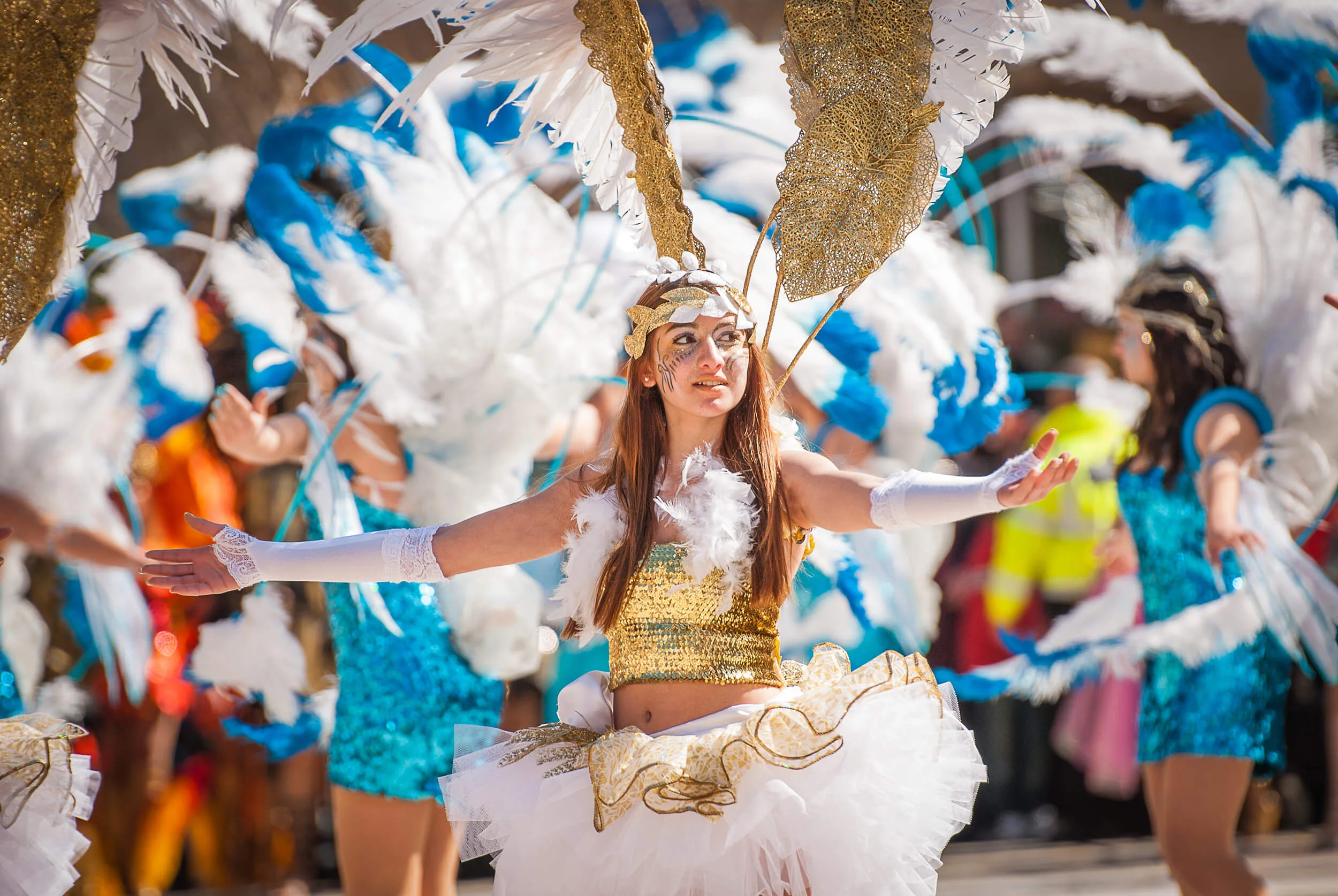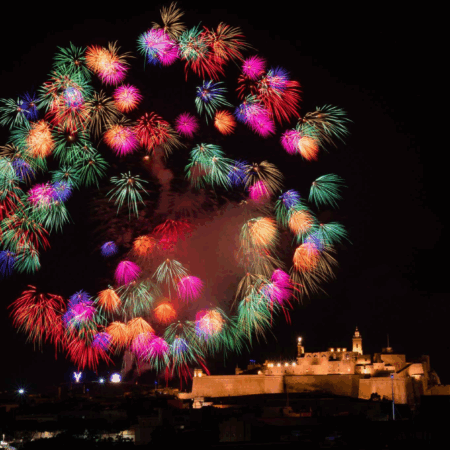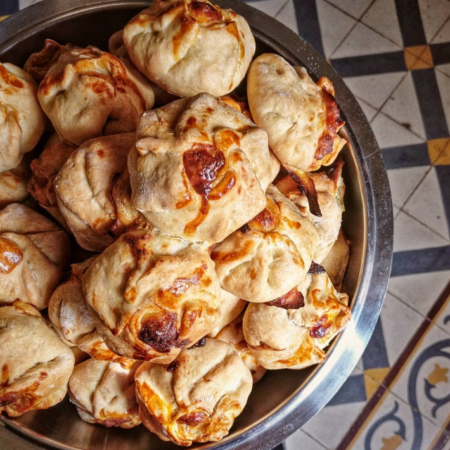Carnival in Gozo is an experience not to be missed, in all its wonderful manifestations.
Carnival in Gozo is a great time to visit. It lasts longer than the traditional three days before Lent, and there is a wide variety of different sorts of things to go to, participate in and enjoy. Carnival can become a celebration of the human spirit, and the variety of Gozo’s carnivals means that you will find a lot to enjoy!
The bright days Carnival shows are easy – your bright carnival costumes are all you need. But if you intend to visit Nadur’s spontaneous event, remember that participation is a lot more enjoyable rather than passive observation. You need to fit into the spirit of things. That would mean a costume, but not the one you’d use at the daytime defiles. You can put your costume together by going through your wardrobe and the places you keep the things you never got round to throwing out. Use a mask that really does shield your identity, and then join the proceedings – it is worth the effort! Just remember to respect the spirit of the events you do attend.
Nadur’s spontaneous carnival is now well-known. It is a living entity, created by the people who go there. ‘Spontaneous’ may be the wrong word, as it does not just spring up out of nowhere. There is planning, and lots of it. It is just not official or formal, there is not an organising committee with juries and competitions. The participants themselves, however, do a lot of work. The costumes and ‘floats’ are thought out!
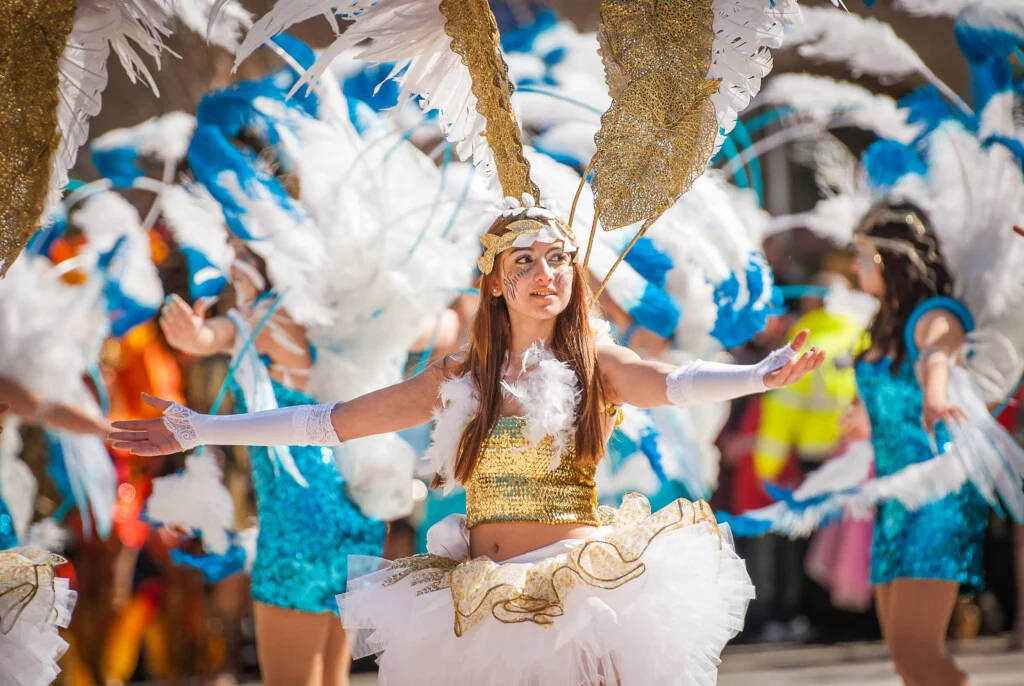
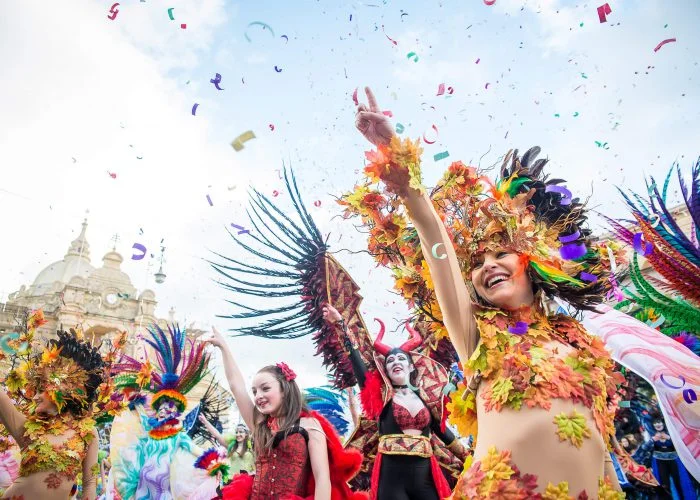
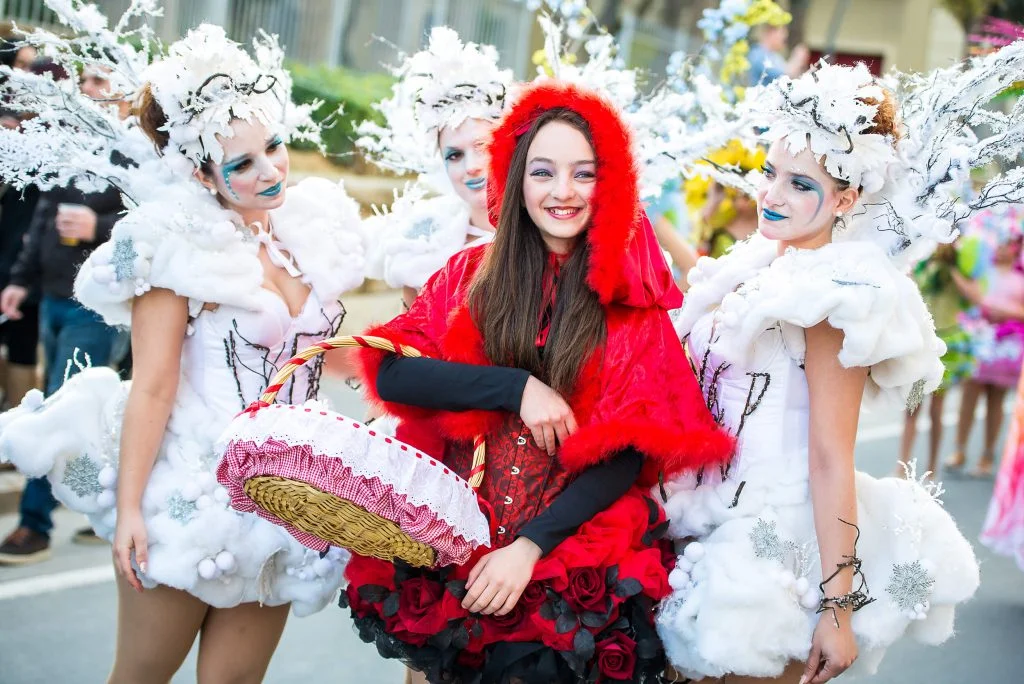
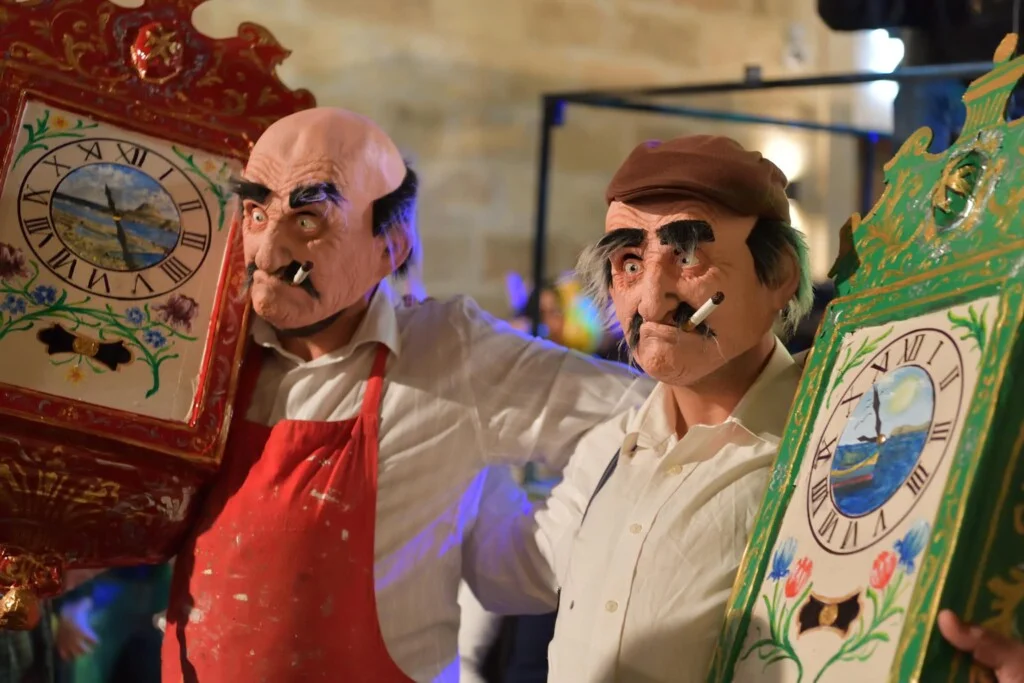
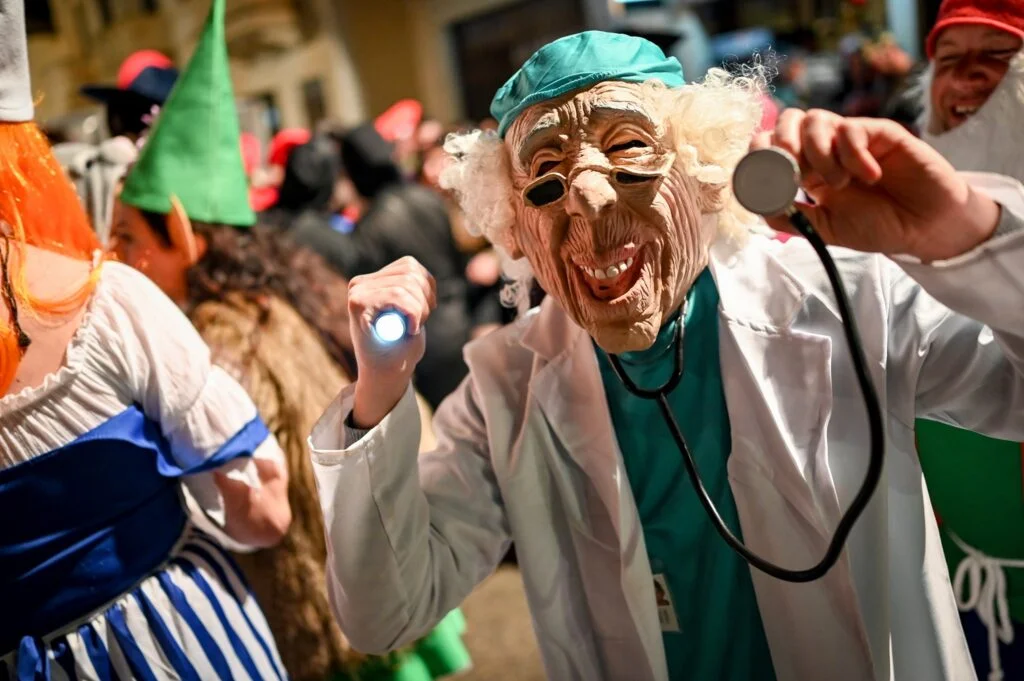
This carnival is the raw. It is an opportunity to turn the normal, everyday structures, on their heads. Intriguingly, Nadur’s carnival does not unfold only in the main square. It happens also in the narrow street that leads past and then behind the church.
Nadur continues to celebrate carnival in its own unique way. But there is much more to carnival in Gozo than just that. The sunnier aspect, so to speak, is on display in the defile in Victoria, culminating in the city’s main square, it-Tokk. Xaghra village picks us another strand – the Kumittiva – a sort of maypole dance, which is still performed along with a traditional play about a notary and a wedding. In the bars of Xewkija’s back streets, groups of musicians are playing traditional, and sometimes unique, instruments.
The formal events are easy to find, as they all happen in the main squares and roads and are noisy, cheery and a lot of fun. Carnival is a time to let loose a little before the rigours of the Lenten fast!
